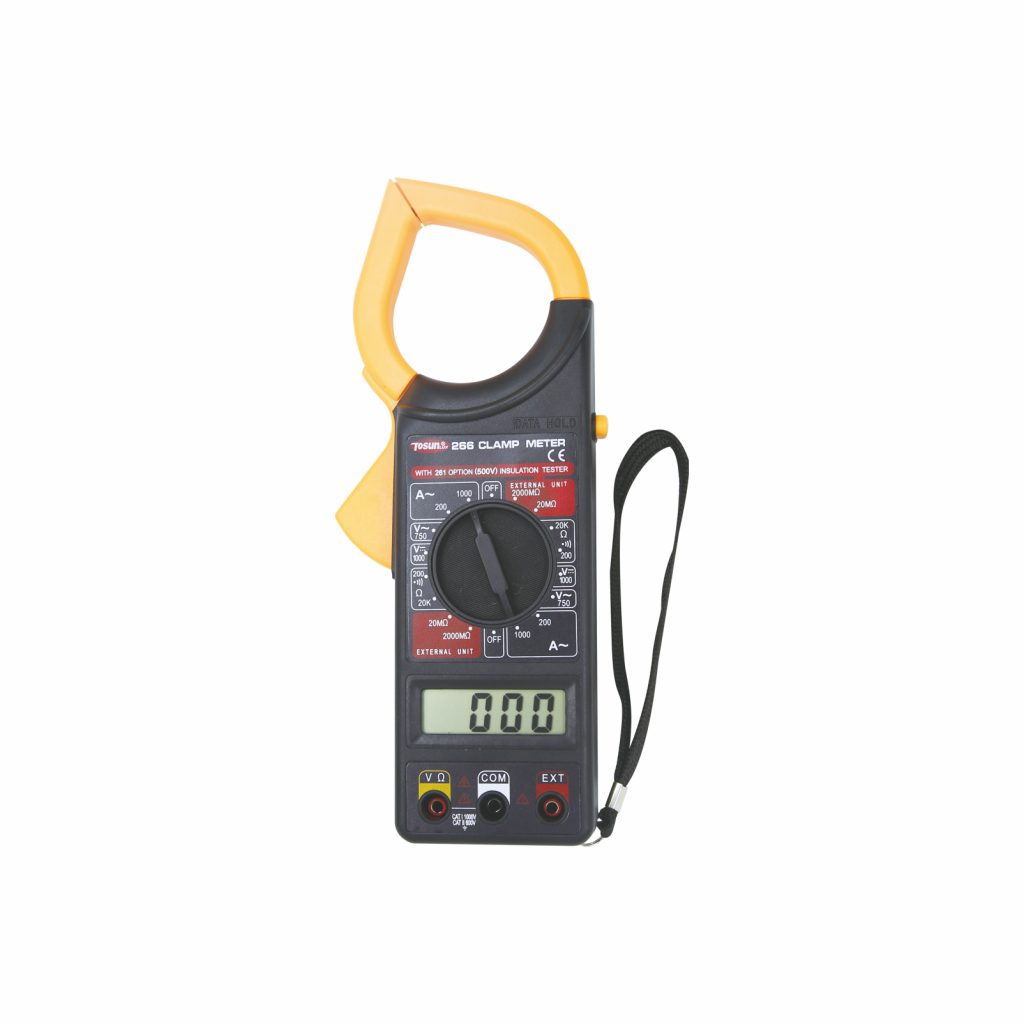How To Use Digital Multimeter
Table of Contents
ToggleA digital multimeter or DMM is an indispensable tool for electronics testing troubleshooting and repair. In this article, we will cover everything you need to know to use a digital multimeter for measuring voltage current resistance and continuity. Understanding how does a multimeter work is crucial for effective use.
How Does A Multimeter Work?
Here’s everything you need to know about using a digital multimeter:
Choosing a Digital Multimeter
The first step is selecting the right DMM for your needs. Consider accuracy input impedance and safety ratings for your intended electrical measurements. Entry-level basic meters are sufficient for most hobbyists though professionals require advanced true RMS models. Digital multimeter use varies based on the model’s capabilities.
Also make sure your multimeter includes a diode test mode and continuity checker for full functionality.
Using the Rotary Dial
Modern digital multimeters have a rotary dial to select your desired measurement mode. Common settings include AC/DC voltage current ohms and continuity. Diode test mode will have its own dedicated button. Make sure to properly line up the dial with markings to choose your measurement range. Accidentally setting the wrong mode can damage the tool when taking readings. Understanding how does a multimeter work helps in selecting the correct mode.
Measuring Voltage
One of the most common uses for a DMM is measuring voltage. Set the dial to your desired AC or DC voltage range based on the expected reading on panel meter. The highest range that covers your voltage is ideal to prevent overloading the tool. Attach the black lead to COM and red to V. Connect leads across your component to take the measurement. Pay attention to polarity as incorrect connection will produce a negative reading. How a multimeter measures voltage depends on the internal circuitry and selected range.
Testing Continuity
Continuity tests for an uninterrupted connection pathway in a circuit. Enable continuity mode via the rotary dial or a dedicated continuity button. If present the screen will show a diode symbol. Touch the probe tips across your connections. If it beeps and shows 0 ohms of resistance you have continuity. A lack of sound indicates an open or disconnected circuit.
Checking Resistance
For measuring resistance set the dial to the Ω symbol. Touch the probes across your component to measure resistance in ohms. Low values up to 1MΩ indicate conductivity. High readings or OL mean your component is more resistive or disconnected. Compare results against expected values or datasheets to verify proper functionality. How does a multimeter measure resistance? It applies a small current and measures the voltage drop across the component.
Conclusion
We have explored the key techniques for operating a digital multimeter to take voltage current resistance diode and continuity measurements. To go further consider investing in an advanced true RMS model with added functions. Additional accessories like alligator clips test leads and carrying cases add convenience. Multimeter proficiency is an essential skillset for any electronics work. TOSUNLux offers high-quality electric meters to meet your testing needs with our signature quality and value.
Frequently Asked Questions – FAQs
How do I check if a wire is live?
To check if a wire is live, use a multimeter set to voltage and carefully place the probes near the wire. Be watchful for any reading that would indicate current flow and use caution.
When using a digital multimeter what is the first thing you should do?
The very first thing to do when using a digital multimeter is inspect it for any signs of damage. Ensure no loose parts or exposed conductive materials are present prior to powering on and beginning electrical measurements. Safety is paramount when working with this device. Understanding how does a multimeter work is crucial for safe operation.
Tel: +86-577-88671000
E-mail: ceo@tosun.com
Skype: tosunelectric
Wechat: +86-139 6881 9286
WhatsApp: +86-139 0587 7291
Address: Room No.1001 Wenzhou Fortune Center,Station Road, Wenzhou, China
REQUEST A QUOTE
WhatsApp us
 : +86-139 0587 7291
: +86-139 0587 7291 English
English Español
Español Русский
Русский Français
Français العربية
العربية Português do Brasil
Português do Brasil Українська
Українська Türkçe
Türkçe Polski
Polski Nederlands
Nederlands Italiano
Italiano Bahasa Indonesia
Bahasa Indonesia हिन्दी
हिन्दी اردو
اردو አማርኛ
አማርኛ Հայերեն
Հայերեն ไทย
ไทย Монгол
Монгол فارسی
فارسی Shqip
Shqip Ελληνικά
Ελληνικά



